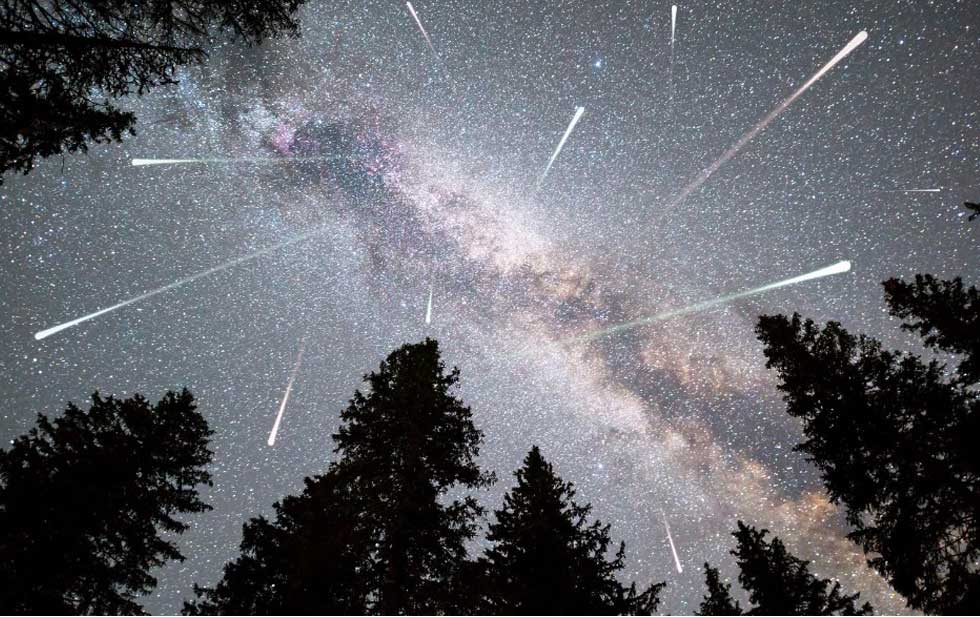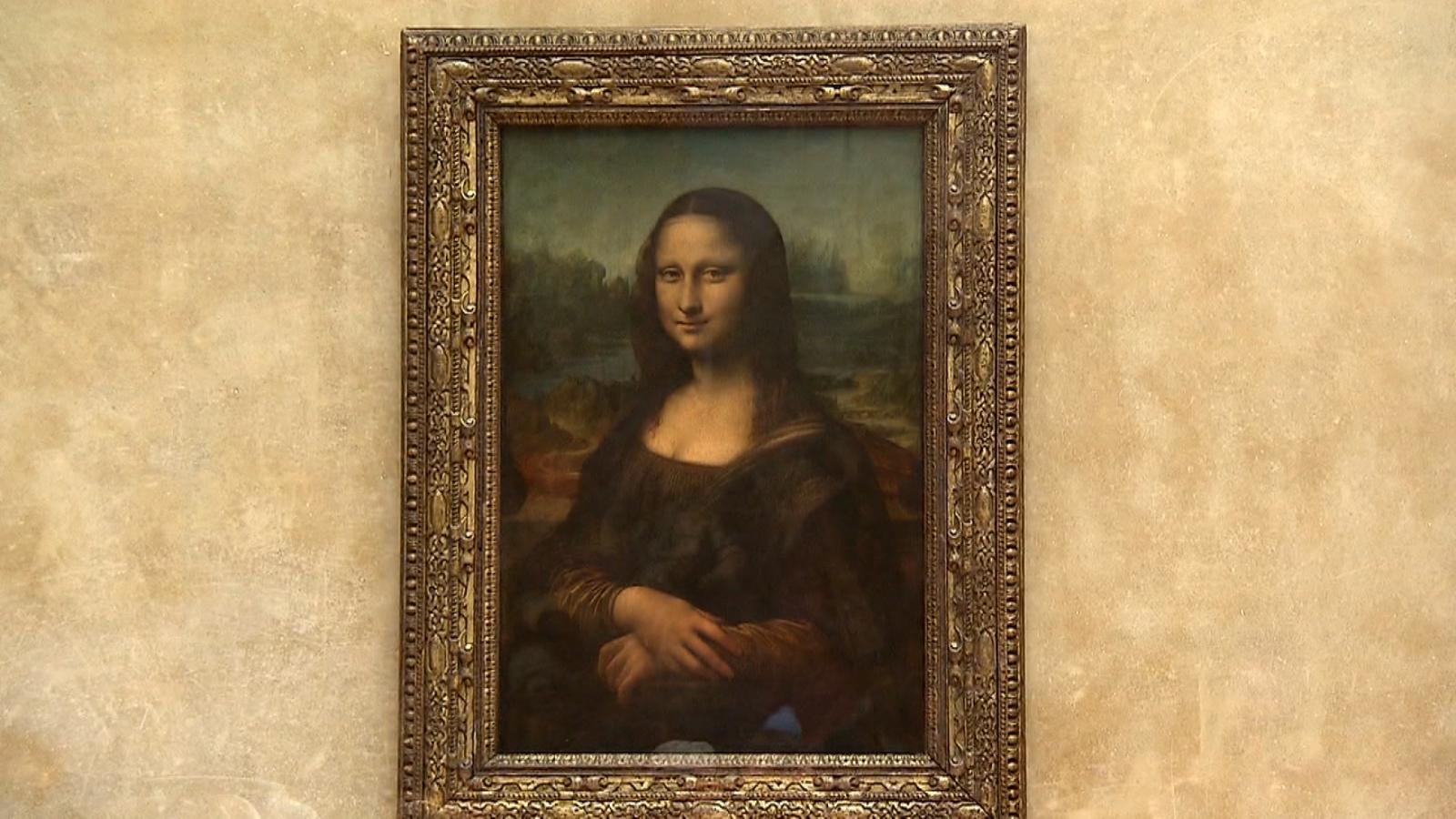New York- The dark night from Wednesday to Thursday morning would be the perfect setting for one of the scattering specials each year, when observers of the sky could see a meteor shower with multiple flares erupting in the dark.
Meteor showers occur when our planet collides with debris left by ice comets or rock asteroids orbiting the sun. These tiny particles burn up in the atmosphere, forming dazzling paths of light. The regulation of orbital dynamics is that no meteor shower occurs approximately at the same time each year.
The last rain is Eta Aquarids, sometimes pronounced Eta Aquarids. They are active from April 15 and continue until May 27, but peak from Wednesday night until early Thursday morning.
Etta Aquarius was one of two eruptions that occurred in October along with the Orionites from Halley’s comet field. Debris enters the Earth’s equator, which is visible in two hemispheres around the world.
The moon is brightest on Thursdays from 3 am to noon. But the rain should be very active for about a week after that date. In recent years, Etta Aquarius has produced 45 to 85 meteors per hour under dark skies.
More meteor showers are to come.
How to see the meteor shower
The best practice is to go down to the field and stay away from artificial light sources as much as possible. It is convenient for people in rural areas to go outside. But city dwellers also have options.
Many cities have an astronomical community that maintains an exclusive dark sky. Robert Lunsford, Secretary-General of the International Meteorological Organization, said, “I recommend contacting them to find out where they are.
Meteor showers are best seen after midnight but when the sky is dark before sunrise. To see as many meteors as possible, wait 30-45 minutes after arriving at your destination. This will allow your eyes to adjust to the darkness. Then sit back and enjoy the vast expanse of night sky. Clear nights, high altitudes and times when the moon is thin or not are best. Lanceford suggested a good thumb rule: “The more stars you can see, the more meteors you can see.”
Telescopes or telescopes are not necessary for meteor showers and can actually control your vision.


:quality(85)/cloudfront-us-east-1.images.arcpublishing.com/infobae/X7DZAL3I4REJTKPZ4Y4DYBHFMI.jpg)


